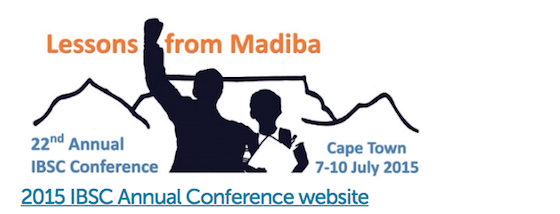
Mixed school and equality
An article published in the magazine Aceprensa on the 29th September 2021.
Claire Legros publishes an article in Le Monde where she explains that "the idea of mixing girls and boys in the Republic school has become generalized for more pragmatic and economic reasons than educational ones." The sexual equality that is supposed to be obtained has not arrived.
The journalist addresses the origins of this type of teaching, considered in France as a pillar of the republican school to guarantee equality. In reality, it was imposed for economic and pragmatic reasons, regardless of underlying educational reasons.
Quoting the philosopher Nicole Mosconi, Legros explains that numerous works explore the effects of this “no design” mix of the sexes, and that, due to the lack of strategy, the desired equality has not been achieved. On the one hand, girls do better in school than boys; on the other hand, the latter are more noticeable and dominate the spaces. She also mentions a study by geographer Edith Maruéjouls, which analyzes the uneven distribution in the playground: boys use the centre to play soccer and girls stay on the periphery.
"Two different relationships are built with knowledge: boys to create new knowledge, girls to transmit it, which influence orientation and place in society", argues Isabelle Collet, researcher in educational sciences at the University of Geneva.
Since mere mixing alone is not enough to achieve any pedagogical purpose, the historian Geneviève Pezeu, author of a book on the mixed school, emphasises the need to train teachers in equality issues. She also points out that "periods of separation between boys and girls can be useful, provided they serve to better build diversity."



